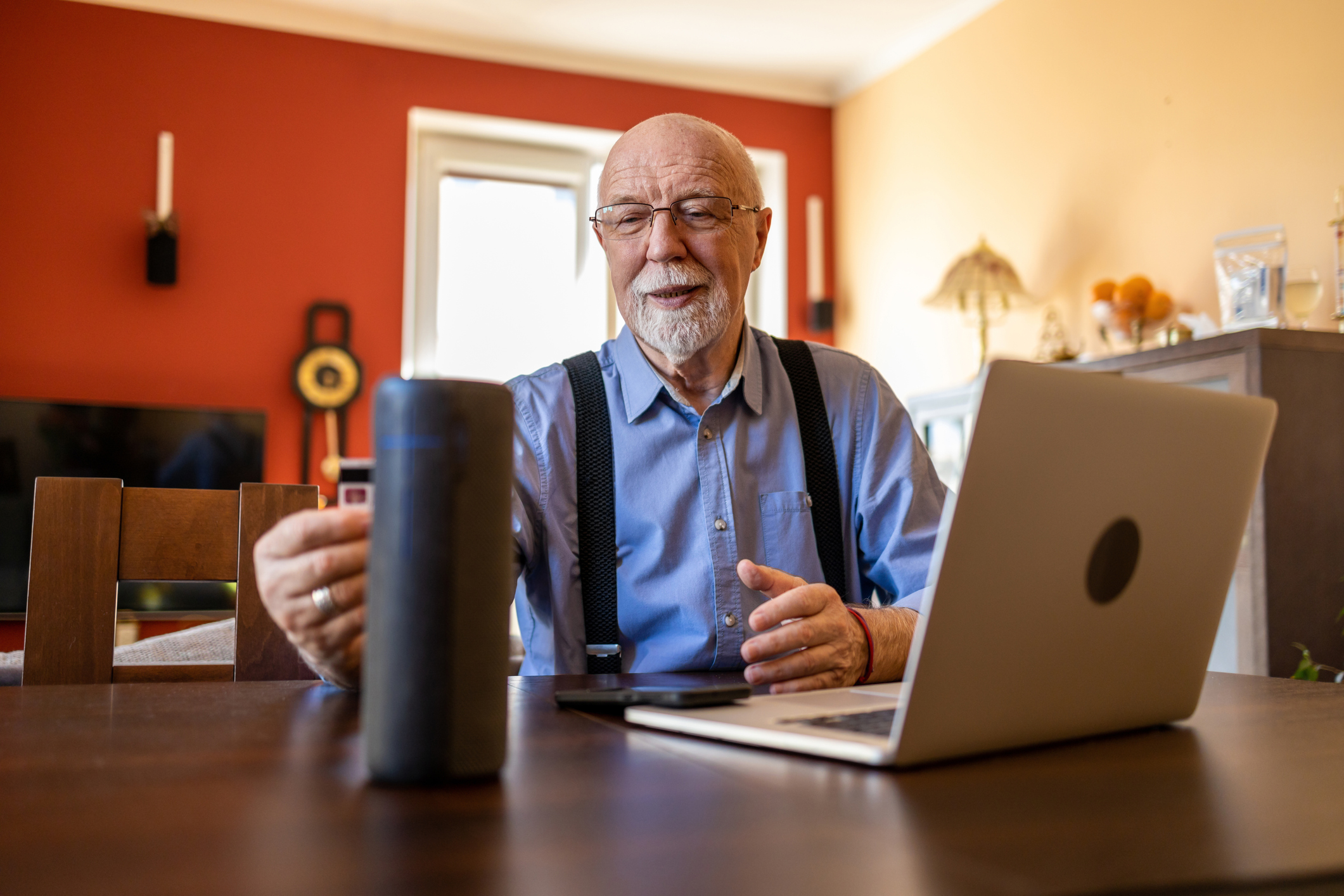
Most Americans want to stay in their homes as they age. This is not a bad plan, but what if your home doesn’t fit you as well as it once did?
Aging can often be accompanied by a change in your ability to manage and move around in your home. That’s where assistive technology—better known as AT—comes in. No matter your age or what type of disability you may have, chances are there is an AT device out there that can help you with everyday tasks.
AT isn’t a new concept. In fact, most people have probably used an assistive device without realizing it. Smartphones, voice command technology and certain types of software all fall under the AT umbrella. AT also includes plenty of low-tech devices, like adapted pencil grips for students with disabilities.
There’s an ever-growing variety of AT tools available to help with household chores, work functions, getting around, seeing, hearing, learning and living independently in general. These devices and technologies are designed to help older adults and people with disabilities, and you may find that these tools can make life easier for anyone.
Examples of AT devices and tools include:
- Hearing aids
- Vehicle modifications, such as hand controls or wheelchair lifts
- Devices that help with bathing and eating
- Software modifications for those with hearing and visual challenges
- Equipment, such as grab bars in a shower, to help prevent falls
- Eye glasses and magnification devices to help individuals with low vision
- Communication devices for individuals with speech disabilities
- Wheelchairs, walkers and other mobility devices
The right AT for you
At first, trying to find the right AT tools and solutions can feel overwhelming. The network of State Assistive Technology Act Programs is a good place to start. Your state AT Act program can provide information and support to help you identify and acquire AT that meets your needs.
These programs offer:
- Device demonstration and short-term loan programs that allow you to try out equipment before purchasing
- Reuse programs that provide gently used devices at substantial savings
- Financing options, such as cash loan programs, that can help you get the AT devices you need
In Washington state, you can borrow adaptive technology from the Washington Assisted Technology Act Program (WATAP), or request device demonstrations.
With more research and awareness around the importance of AT, the future possibilities for living independently in the place of your choosing are almost limitless.
Source: IlluminAge & Administration for Community Living


